2022 Cohen-Tucker Fellows Announced
ASEEES is delighted to announce the 2022 Stephen F. Cohen-Robert C. Tucker Dissertation Fellowship recipients. The Cohen–Tucker Dissertation Fellowship (CTDF) Program for Russian Historical Studies supports the next generation of US scholars to conduct their doctoral dissertation research in Russia. The CTDF Program is sponsored by the KAT Charitable Foundation, which we thank for its generous support.
2022 COHEN-TUCKER DISSERTATION RESEARCH FELLOWS
Allison Brooks-Conrad, U of Pennsylvania, Recipient of the Women’s and Gender Studies Fellowship
Albert Cavallaro, U of Michigan, Ann Arbor
Ethell Gershengorin, U of Wisconsin, Madison
Kim Lacey, Washington U, St. Louis
Yacov Zohn, U of Wisconsin, Madison
2022 COHEN-TUCKER DISSERTATION COMPLETION FELLOWS
Zukhra Kasimova, U of Illinois, Chicago
Alexander McConnell, U of Michigan, History
2022 COHEN-TUCKER DISSERTATION RESEARCH FELLOWSHIP WINNERS
Allison Brooks-Conrad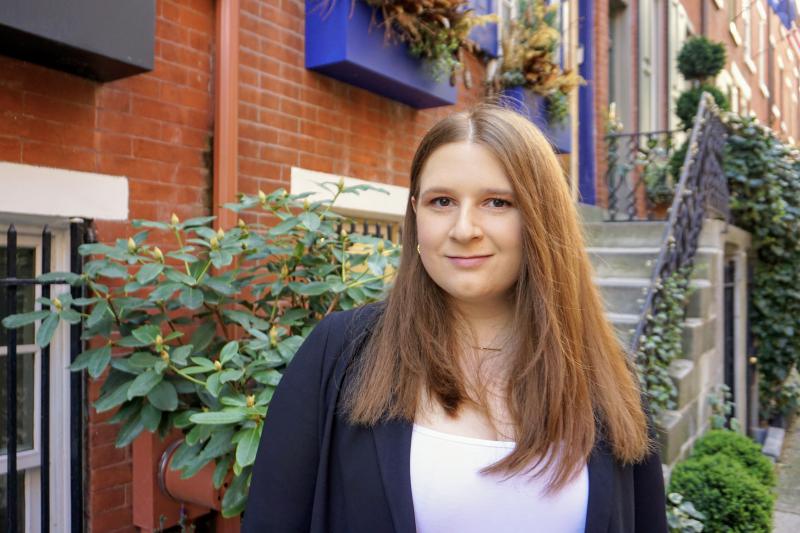
Music
University of Pennsylvania
Recipient of the Women’s and Gender Studies Fellowship
“Zhenskaya Muzika: Gender, Labor, and Music in the Underground and the Apartment during Late Soviet Socialism”
This dissertation investigates how women living in Soviet Russia used music in their attempts to conform to and diverge from Soviet state policy, social expectations, and gender roles during the late socialist era in the Soviet Union. Brooks-Conrad approached this topic by identifying the intersection of women’s labor and deterritorializing processes and by analyzing performances of femininity through musical repertoire. She contends that women used music and sound to create deterritorialized spaces, out of sight (or earshot) of state authorities. As a result, their labor was invaluable in the maintenance and longevity of different unofficial Soviet music scenes. She interrogates how women used music to articulate a public-facing femininity in line with Soviet expectations. She argues that one way this self-presentation took place was through the music women actively sought out and listened to, as well as through their performance of gendered musical genres. In comparing these seemingly distinct scenes and how women figured in both, she uses a gendered analytic to dismantle the official/unofficial culture binary while showing the points of convergence and significant overlap in scenes of Soviet cultural production, relying on a combination of archival research, printed primary sources, musical analysis, and oral history.
Albert Cavallaro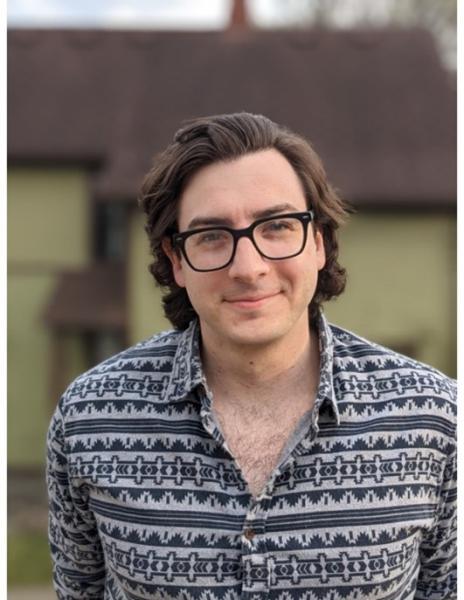
History
University of Michigan, Ann Arbor
“From Tver to Tashkent: Exploring Citizenship and Nation in 19th Century Russian Museums”
Cavallaro’s dissertation forms two interlocking microhistories examining the intertwined trajectories of two 19th century Russian imperial museums: the Tver Historical Museum, which opened in provincial Tver in 1866, and the National Museum of Turkestan, which opened in colonial, Central Asian Tashkent in 1876. Following these museums from their founding to 1917, his study puts the empire’s colonies and provinces into direct conversation for the first time to show how geographically dispersed but intellectually connected communities engaged in related meaning-making projects. His research operates on three scales: the local, imperial, and global. At the local scale, he examines travelogues, memoirs, provincial newspapers, and exhibition materials to reconstruct the daily life of museums’ employees and visitors. At the imperial scale, Cavallaro explores various literary works and publications of archaeological and ethnographic societies to argue that intellectuals in Moscow and St. Petersburg apprehended provincial and colonial sites in remarkably similar terms: as places of exploitation, where raw materials could be collected and sent to the center. At the global scale, he considers how museums, a new European technology, were involved in networks of knowledge production beyond the empire. His dissertation shows these museums engaged in a single project to historize and create proper models of Russian citizenship and nation. Imperial officials simultaneously claimed affinity with Europe and sought to “Europeanize” museum visitors, and, by extension, the empire itself.
Ethell Gershengorin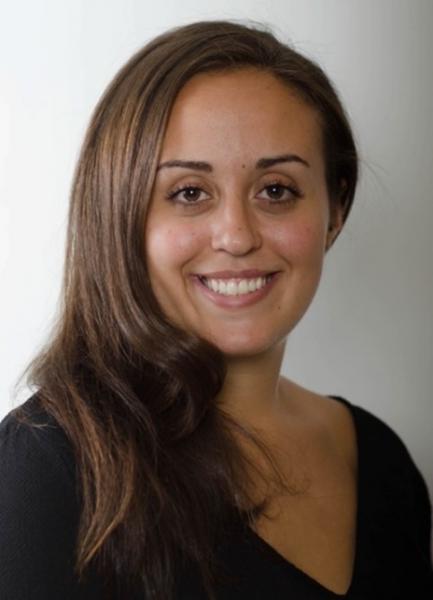
History
University of Wisconsin, Madison
“Healing After Violence: Jewish Pogrom Aid and Its Role in Bolshevik State Building, 1917-1924”
The Russian Civil War and its catastrophic pogroms constituted a profoundly transformative moment for Jews living in the western borderlands of Russia. White and Red Army troops used military force to inflict mass death on Jewish communities. Despite the Red Army’s participation in these very pogroms, the Bolsheviks were alone in condemning antisemitism, and many Jews turned to the Bolsheviks for protection. Tasked with responding to the destruction of Jewish communities, the Jewish nationalist Society for the Preservation of the Health of the Jewish Population (OZE) worked with the Bolshevik-run Jewish Social Committee for Relief Among the Victims of Pogroms and Counterrevolution (Evobkom), which was funded by the American Jewish Joint Distribution Committee (The Joint), to provide relief to pogrom survivors. This dissertation project will explore the OZE and Evobkom’s medical aid programs specifically directed toward women and children. It will examine how the OZE and Bolsheviks’ concerns about health and desires to maintain traditional gender norms unified these organizations with opposing ideologies and served as crucial continuities of the revolution. Furthermore, this project will explore how funding from the Joint brought with it the American perspective to questions about medicine and healing. This study will offer new insights into how the complex relationship between Jews and Bolsheviks evolved not only under violence but within a context of healing and international aid.
Kim Lacey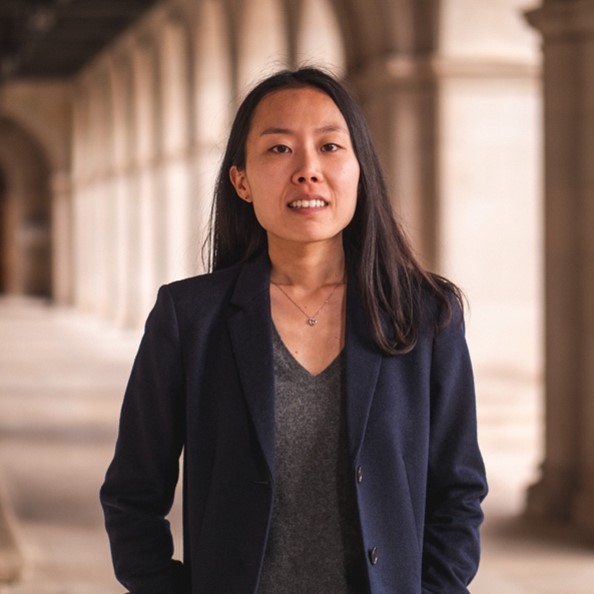
History
Washington University, St. Louis
“Border Crossers and the Making of the Russian Far East, 1860-1938”
Taking the city of Vladivostok as the locus of analysis, Lacey’s research challenges a preexisting portrayal of the Russian Far East as a quintessentially Russian place. In this project, she traces the movement of people from Japan and Korea to the RFE between 1860 and 1938 and examine their roles and place in the community. Vladivostok is a crucial site for the study of migration during imperial expansion since it is home to a major port and the terminus of the Trans-Siberian Railway that linked Europe to Asia. It is also close to several East Asian countries. Lacey’s analysis covers major events, including the Russo-Japanese War, the Japanese intervention in the Russian Civil War, and Stalin’s Great Terror. “Border Crossers” breaks new ground by foregrounding the overlooked experiences of transnational migrants and studying the role of gender, ethnicity, and class. The work is based on primary sources collected in archives, including the Russian/Soviet government records, local newspapers, and travelogues. Interviews with individuals in Kazakhstan whose ancestors had migrated to the RFE, personal collections, and memorabilia supplement these archival sources and open up the relationship between the state and individuals for detailed examination. Triangulating analyses of state records, interviews, and other sources offers a new perspective on how migrants negotiated their place in Vladivostok. Simultaneously, it reveals how the RFE was transformed by various migrant communities.
Yacov Zohn
History
University of Wisconsin, Madison
“Homo Sovieticus Goes to Extra Time: Constructing the Soviet Image in Soccer (1946-1992)”
Zohn’s project examines the interplay of local, national, and supranational forces in the politics of representation in the Soviet Union through the lens of the Soviet national soccer team. In tracing the history of the team from the Post-War era to its final collapse in 1992, he aims to understand and illuminate how the Soviet political system sought to form the “ideal” image of the USSR abroad and at home. He will structure my argument by means of selected matches/tournaments of the USSR team that serve as case studies, which thread wider trends. His questions will probe the internal and external dynamics of the team. For example, how did performance on the field reflect/deflect and affect the political landscape? Was the multi-ethnic character of the team an advantage on the field of play, or not? A federation with one of the most heterogeneous populations on the globe was often represented by the narrowest regional choices, with local clubs (especially from Moscow and Kiev) often doubling as the USSR national team. He will scrutinize this paradox within this context through a combination of archival research and interviews primarily in Russia as well as in Ukraine.
2022 COHEN-TUCKER DISSERTATION RESEARCH FELLOWSHIP WINNERS
Zukhra Kasimova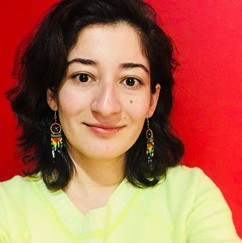
History
University of Illinois, Chicago
“Hybridizing Sovietness, Modernity, Nationality and Provinciality in the Post-World War II Uzbek SSR (1941–1981)”
Kasimova argues that Soviet modernity was essentially a hybrid concept. Within this framework, Central Asia as a region ceases being a periphery of the Soviet world and becomes central for understanding processes of hybridization of Soviet modernity. Her project is aimed at decentering Eurocentric narratives of modernity. The Soviet modernity she suggests is multi-lingual; it allows a place for the persistence of Islam in the region (as both religion and cultural text), and it implies the active role of local elites in [re]shaping messages and policies of the center and directly influencing them. The project also explores the heterogeneous nature of the Central Asian region itself, highlighting its internal social, gender, and national stratifications and conflicts that defy any binary explanations and oppositions. Ultimately, Kasimova argues that the hybrid Uzbek modernity decisively influenced the normative Soviet project – by carving in it a place for “Muslim” cultural identification, a concept of national science, and toleration of “national” traditionalism.
Alexander McConnell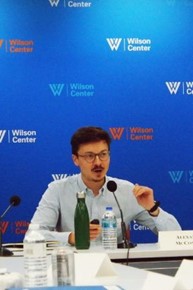
History
University of Michigan
“Soviet Humanism after Stalin, 1953-1991”
McConnell’s dissertation traces the conceptual evolution of humanism (gumanizm) in Soviet ideological, philosophical, and cultural discourse during the post-Stalin period. While historians of communism have long devoted attention to postwar “Marxist humanist” movements in Eastern Europe, no comprehensive study of humanism in the USSR has been undertaken. By demonstrating the centrality of this concept to both the Communist Party’s attempted revitalization of socialism after 1953 and dissident challenges to official ideology, it charts the emergence of a new ethical imperative that far outlasted other elements of the post-Stalin cultural “thaw.” At the same time, his project reveals how efforts to draw a moral line under Stalin's “cult of personality” were complicated by continued reliance on a conceptual vocabulary adopted during the 1930s. Maxim Gorky's Stalin-era conception of humanism as hatred for enemies persisted alongside the term’s historical associations with Renaissance thought and abstract love for humankind. By examining how contests over the scope and meaning of humanism helped to reshape ideals of socialist personhood after Stalin, McConnell’s dissertation sheds light on a previously unexamined area of late Soviet culture and offers a new intellectual genealogy of Gorbachev's reform campaigns of the 1980s. His project likewise represents a timely intervention into the nascent scholarship on humanism’s global manifestations during the twentieth century, linking Soviet debates to Cold War ideological contestation with both Maoist China and the West.
